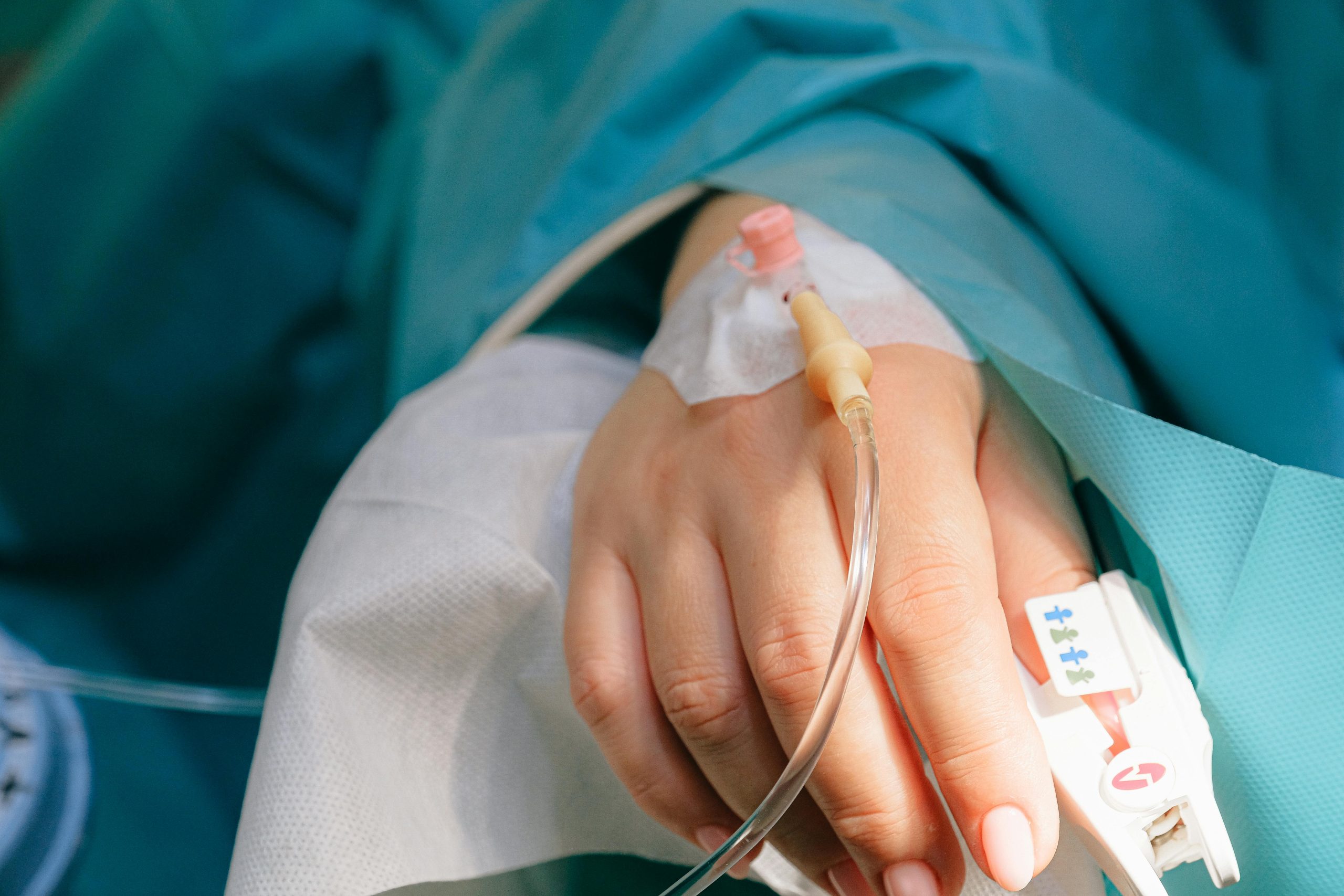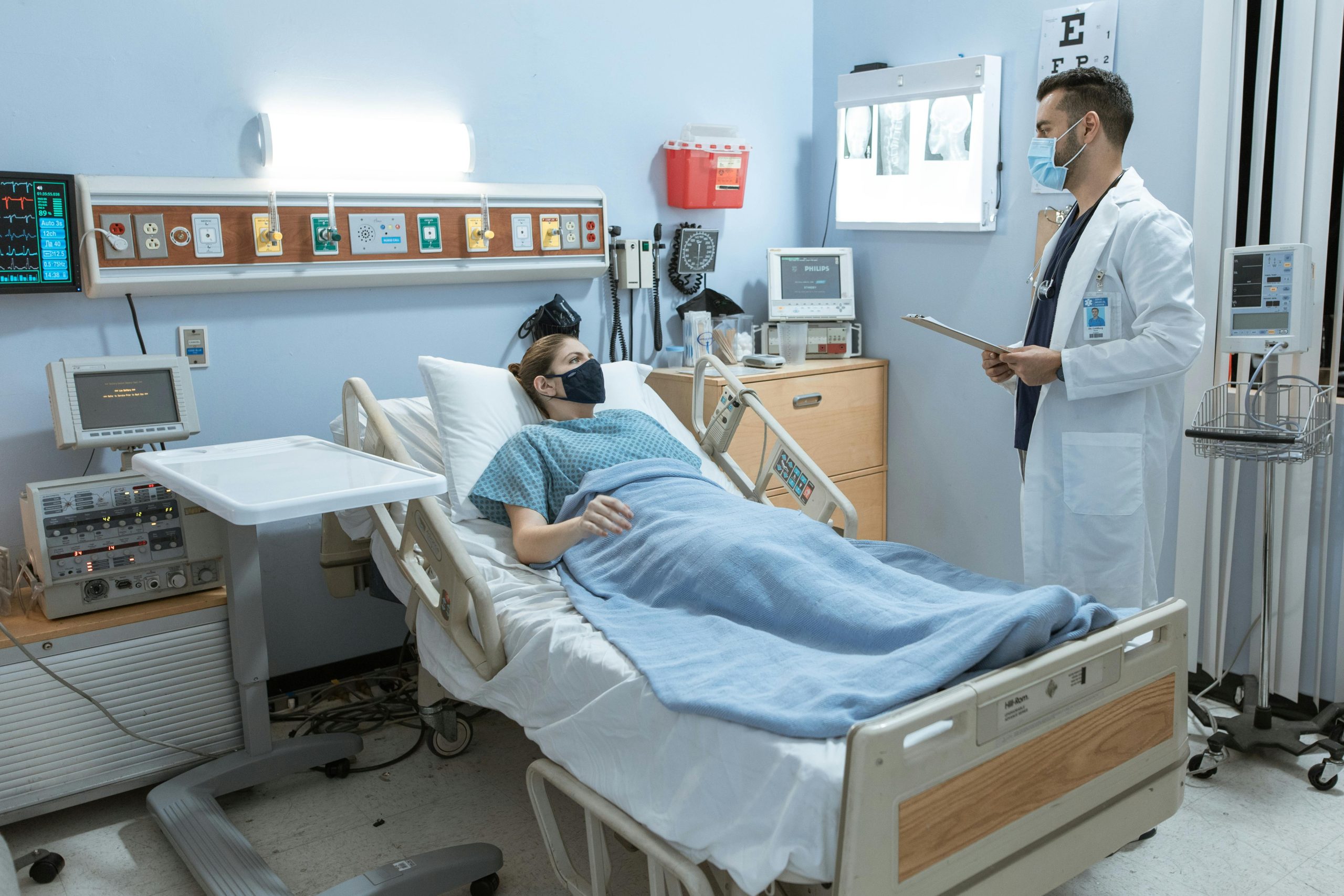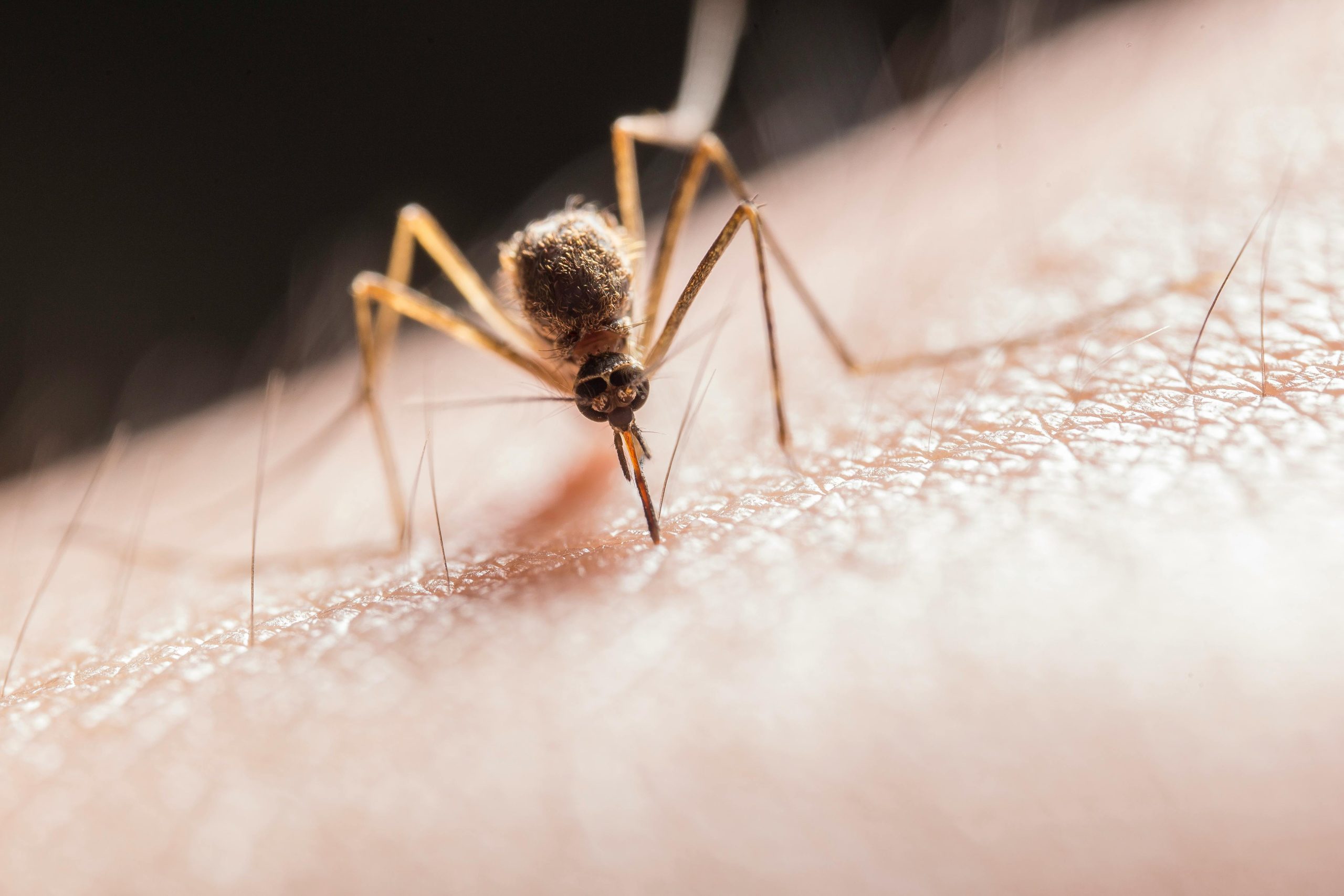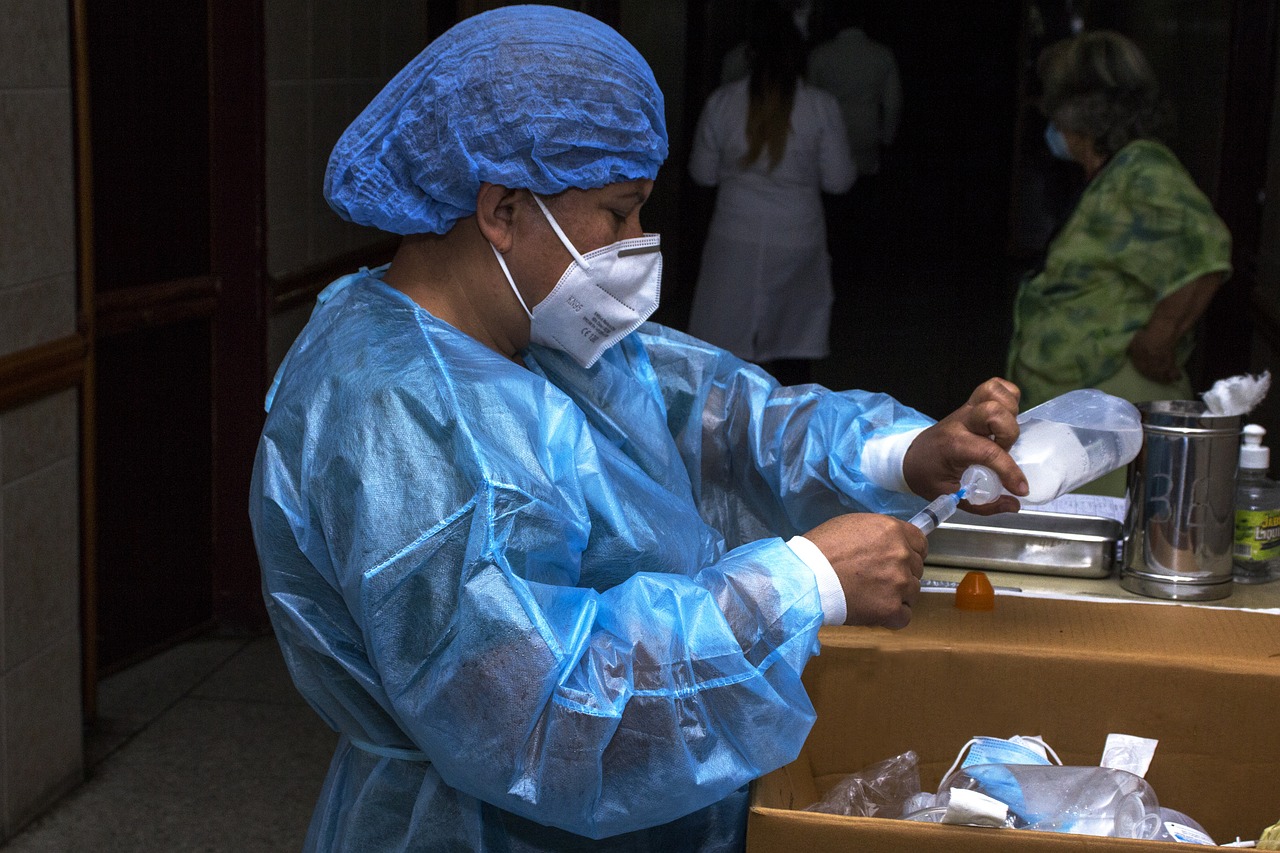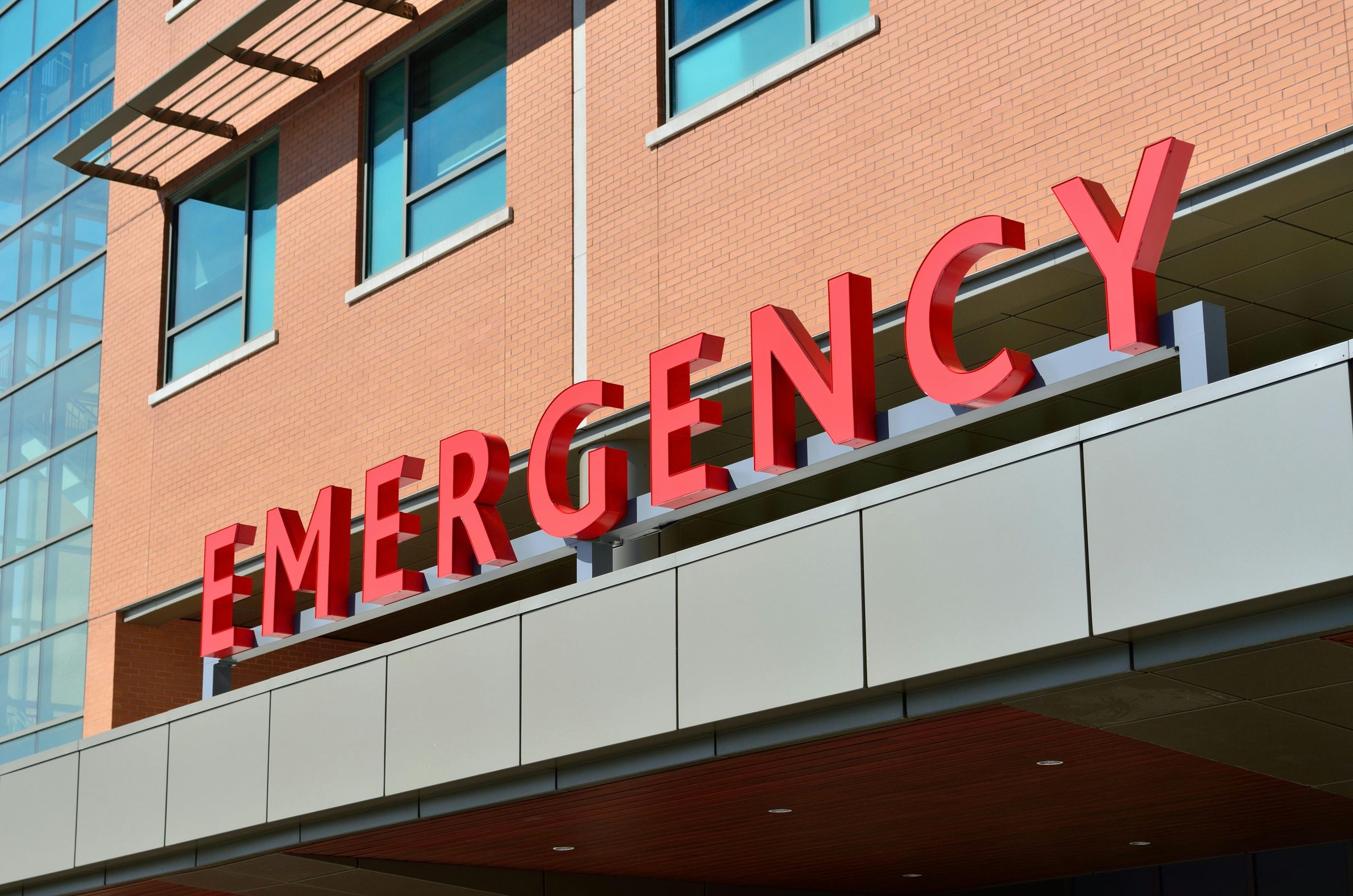Introduction: Malaria Still Threatens Travelers in 2025
Malaria remains one of the most dangerous travel-related health risks across Southern and East Africa. While vaccines are emerging and awareness is growing, many international travelers still underestimate the threat. Others skip prevention, delay testing, or return home unaware that symptoms can emerge days later. As Africa opens up post-pandemic with stronger tourism infrastructure, it’s easy to forget that in many regions, malaria continues to impact locals and visitors alike.
This article outlines where the risk is highest, how to recognize early symptoms, why you should test immediately (especially when you return home), and how to get the best medical advice while traveling. We’ll also explain how the TravelSafe SOS app supports your safety in real time across all 16 countries it covers.
Disclaimer: This article is intended for informational use only and does not replace medical advice from licensed healthcare providers. TravelSafe SOS is not a clinical service. If you feel unwell, contact a medical professional immediately.
Where the Malaria Risk Is Highest in Southern and East Africa
Not all destinations within Southern and East Africa carry the same level of risk. Coastal regions, river valleys, and inland plains tend to carry a higher burden of transmission, especially during the rainy season (November to May in the south, March to June in the east). As the developers of this app, having travelled throughout the continent – we have had malaria multiple times. We know the dangers and have had a few close critical shaves with numerous cases of malaria! It wasn’t fun, but we survived by following some basic protocols and SOPs.
If you are planning a longer trip, always be aware of malaria symptoms and act immediately. If in doubt – the first rule is seeking treatment. Speak to your GP before travel and if recommended by them, besides your prophylactics – carry a dose of Coartem or similar malaria treatment with you. Remember, just because you have been tested and the result is negative, it doesn’t mean you don’t have malaria. You may also arrive at a health facility and test positive, but they have no treatment options available.
In this case after having been examined and tested – get advice on taking the treatment you have been prescribed by your GP. If symptoms persist, and you can’t get any decent advice – dose yourself after consulting with your doctor or medical advisor. It may save your life! Contact the control centre and we can advise what to do, get you to the nearest medical facility, arrange an emergency response and how to treat you if necessary. Time is of the essence and every second counts.
High-Risk Areas by Country:
- Mozambique: Endemic throughout, especially along the coast, Zambezi River Valley, and the Bazaruto and Quirimbas Archipelagos.
- Malawi: High risk around Lake Malawi, Liwonde, and Majete national parks.
- Zambia: Particularly in the Luangwa and Zambezi Valleys and Kafue National Park.
- Zimbabwe: High-risk zones include Mana Pools, Victoria Falls, and areas surrounding Lake Kariba.
- Botswana: Northern Botswana (Okavango Delta, Chobe) has seasonal malaria, especially in the wet months.
- Namibia: The Zambezi Region (formerly Caprivi Strip) and parts of Kavango carry risk.
- Tanzania: Coast, Zanzibar, and inland reserves like Ruaha and Selous remain high risk.
- Kenya: The coast (Mombasa, Lamu), Lake Victoria basin, and western reserves like Kakamega Forest.
- Uganda: Widespread malaria presence in rural and peri-urban areas, including national parks.
- Rwanda: Lower risk, but caution advised in rural areas and near lakes or rivers.
- South Africa: Low risk overall. However, northeastern Limpopo and parts of Kruger National Park near Mozambique’s border require prophylaxis during the rainy season.
Tourist lodges may be located in controlled environments, but mosquito exposure rises during excursions, sunset game drives, boat trips, or visits to rural villages.
Malaria Symptoms: What to Watch For
Malaria can present with vague or flu-like symptoms. This makes early detection difficult and increases the danger of misdiagnosis. The disease is caused by a bite from an infected female Anopheles mosquito, transmitting Plasmodium parasites into the bloodstream.
Common symptoms:
- Fever and chills (often in cycles)
- Headache and fatigue
- Muscle aches or joint pain
- Nausea, vomiting, or diarrhoea
- Night sweats or shaking chills
- Cough, dizziness, or shortness of breath
Symptoms may start 7 to 14 days after exposure—or even later, particularly with P. falciparum, the most dangerous strain found across this region. Some cases only present after returning home, which is why prompt testing is essential if you feel unwell after your trip.
Why You Must Test Immediately—Even Back Home
One of the greatest risks to travelers is assuming malaria would have shown up while still abroad. In fact, many infections go undetected until the traveller has returned to Europe or North America and begins to feel vaguely ill. Unfortunately, many healthcare providers in non-endemic countries do not immediately consider malaria in their diagnosis.
When you go to hospital or see your GP – make them aware you have been in a malaria area and want to be tested immediately.
Testing is urgent if:
- You’ve travelled in a malaria-prone country in the past 30 days
- You experience a fever, headache, or unexplained fatigue
- You are pregnant, immunocompromised, or were traveling with children
In several documented cases, travelers were misdiagnosed with flu, COVID, or food poisoning—leading to delayed treatment, hospitalization, or worse. Always disclose your travel history and insist on a malaria test if you have symptoms, no matter how mild.
The Knowledge Gap in Clinics Outside Africa
Despite improvements in global healthcare, malaria remains an unfamiliar disease to many general practitioners in Western countries. In emergency rooms or family practices, few clinicians immediately suspect malaria unless you mention it—and even then, some may dismiss it due to low prevalence in their region.
If you suspect malaria:
- Ask for a blood smear or rapid diagnostic test (RDT)
- Mention your travel destination and exposure to mosquito-prone zones
- Do not accept a broad viral diagnosis if symptoms persist without explanation
The TravelSafe SOS app provides vital guidance while still in Africa. If symptoms arise on your trip, the app connects you with trained paramedics who can assess your condition and coordinate testing, treatment, or evacuation.
Medical Best Practices for Malaria Prevention
The most effective way to avoid malaria is a combination of prophylaxis and mosquito prevention measures.
- Start Antimalarial Medication Before You Travel
- Atovaquone-Proguanil (Malarone): Daily dose, fewer side effects, widely recommended.
- Doxycycline: Inexpensive, also protects against some bacteria; causes sun sensitivity.
- Mefloquine (Lariam): Weekly dose, but may cause mood or sleep side effects.
Start the prescribed medication before entering a malaria zone, continue throughout the trip, and complete the post-travel dosage duration. Never stop early—even if you feel fine.
- Use Mosquito Barriers Every Evening
- DEET-based repellent (minimum 30%) on exposed skin
- Light, long-sleeved clothing from dusk onward
- Sleeping under insecticide-treated nets
- Staying in screened or air-conditioned rooms
Risk Profiles: Who Needs Extra Protection?
Some travelers are especially vulnerable to serious malaria complications:
- Children: Lack fully developed immunity, symptoms can escalate fast
- Pregnant women: Higher risk of severe illness or miscarriage
- Older adults: May show non-specific symptoms like confusion or fatigue
- Solo travelers or remote explorers: May not have immediate access to care
The TravelSafe SOS app ensures that even if you’re alone or far from help, a control center will monitor your emergency and guide you to care. The app is your bridge between local knowledge and expert medical advice across the entire region.
What to Do if Symptoms Appear in Africa
If you’re traveling in any covered country and feel unwell:
- Tap the SOS button in the TravelSafe SOS app
- Speak to the control center paramedic who will assess your condition
- Get directed to the nearest trusted clinic for testing and treatment
- If required, receive evacuation assistance to a more advanced hospital
- Your travel agent, insurer, and emergency contact will be automatically notified
Do not try to self-medicate or wait until your next destination. Malaria can worsen dramatically in 24–48 hours. Early intervention saves lives. Take it very seriously.
The Role of TravelSafe SOS in Malaria Support
The TravelSafe SOS app is not a substitute for a doctor, but it plays a crucial role in coordinating care when every minute counts. If you’re in rural Zambia, northern Mozambique, or southern Tanzania and need help, you may be hours away from a hospital—but just one click from coordinated assistance.
What to Do After Returning Home
Many travelers let their guard down once they return to Europe or North America. But if symptoms show up, act immediately.
- Don’t assume it’s jet lag, flu, or food-related.
- Don’t wait to “see if it passes.”
- Don’t rely on generic antibiotics or self-treatment.
Request malaria testing, even if you were taking prophylactics. Although rare, breakthrough cases do occur. Mention specific locations you visited, especially high-risk zones like Victoria Falls, Lake Malawi, or Zanzibar.
Final Takeaway: Prevention, Speed, and Support
Malaria in 2025 is still one of the top threats to health for travelers to East and Southern Africa. But the good news is: it’s entirely manageable—with the right preparation, awareness, and response tools.
- Take your prophylactics
- Use mosquito protection consistently
- Monitor symptoms during and after your trip
- Seek testing at the first sign of fever
- Get expert help quickly using the TravelSafe SOS app
Disclaimer
This article is not intended to replace professional medical care. Always consult your doctor before travel and seek licensed clinical help if you feel unwell. TravelSafe SOS provides coordination and communication support—not diagnosis or treatment.
Traveling to Southern or East Africa in 2025?
Get the TravelSafe SOS app before you go. You’ll receive 24/7 access to trained emergency responders, real-time alerts, and support in any covered destination. Whether you’re exploring Serengeti, diving in Mozambique, or hiking Uganda’s volcanoes—help is always a tap away.

